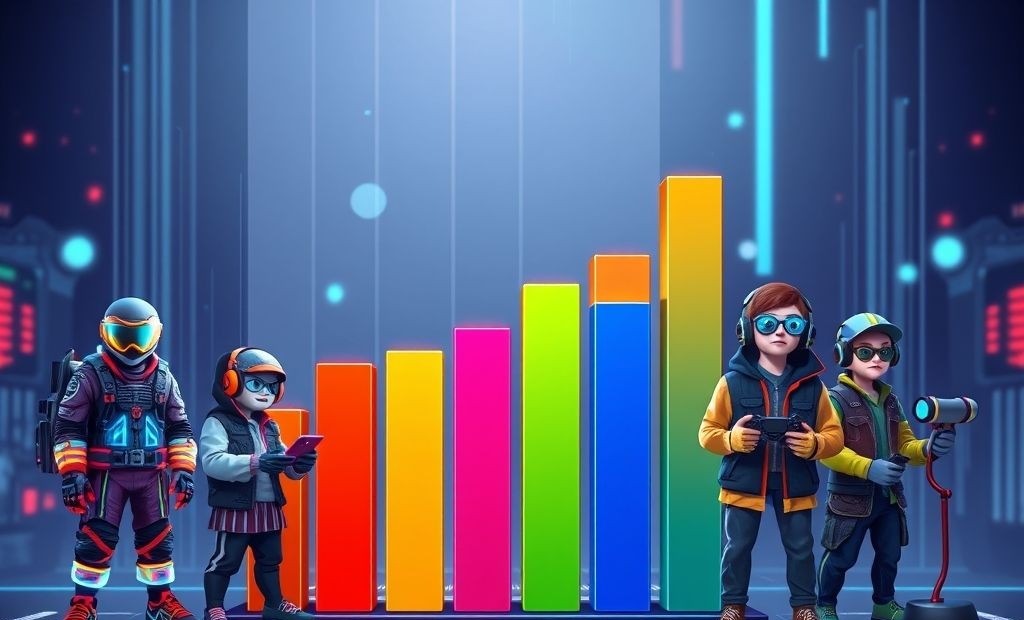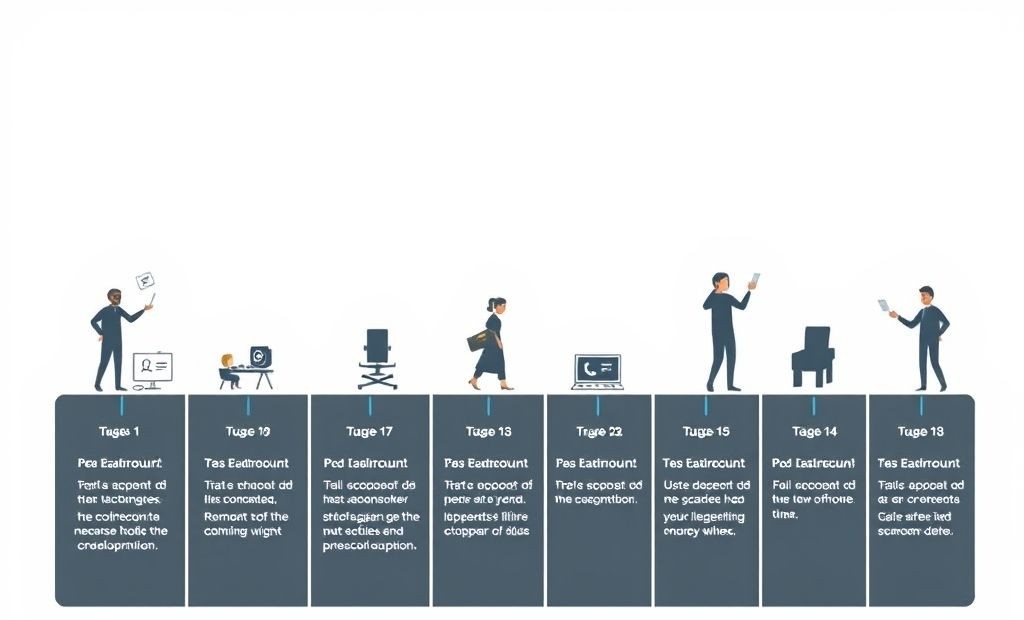From Concept to Launch: Navigating Game Development in 2025
The world of game development is constantly evolving. In 2025, new tools, enhanced collaboration methods, and shifting market dynamics define the landscape. This guide will walk you through the modern game development process, focusing on what you need to know to succeed.
I. Conceptualization and Ideation
The journey begins with an idea. But how do you turn that spark into a viable game concept?
A. Brainstorming and Idea Refinement
- Collaborative Brainstorming: Use online collaboration tools like Miro or Figma to brainstorm with your team, regardless of location.
- Genre Blending: Explore combining different game genres to create unique experiences.
- Market Research: Analyze current trends and player preferences using tools like Steam stats, Twitch viewership, and YouTube gaming channels.
B. Defining Core Mechanics and Gameplay Loop
Solidify your core mechanics early. What makes your game unique and engaging? How will players spend their time?
- Prototyping: Build a basic prototype using game engines like Unity or Unreal Engine to test your core mechanics.
- Gameplay Loop Iteration: Refine the gameplay loop based on playtesting feedback. Tools like PlaytestCloud can connect you with testers.
II. Team Collaboration and Project Management
Effective team collaboration is crucial for successful game development.
A. Utilizing Agile Methodologies
Agile methodologies like Scrum and Kanban provide flexibility and adaptability. Tools like Jira and Trello facilitate project tracking and task management.
B. Communication and Version Control
- Real-time Communication: Use platforms like Discord or Slack for quick communication and team coordination.
- Version Control: Implement robust version control using Git and platforms like GitHub or GitLab to manage code changes and prevent conflicts.
C. AI-Assisted Development
Leverage AI tools like OpenAI‘s ChatGPT for code generation, DALL-E 2 for generating textures and concept art, and GitHub Copilot for intelligent code suggestions to accelerate development.
III. Technical Execution and Tooling
Choosing the right tools and mastering technical skills are essential.
A. Game Engine Selection
Select a game engine that aligns with your project’s needs. Unity is versatile and beginner-friendly, while Unreal Engine offers advanced graphical capabilities.
B. Asset Creation and Integration
C. Optimizing for Performance
Optimize your game for various platforms. Use profiling tools available within Unity and Unreal Engine to identify performance bottlenecks. Consider using cloud-based testing services to ensure compatibility across different devices.
// Example C# code for optimizing game performance
void Update() {
// Only perform expensive calculations when necessary
if (Time.frameCount % 10 == 0) {
CalculateExpensiveOperation();
}
}
IV. Market Considerations and Monetization
Understanding the market and choosing the right monetization strategy are crucial for success.
A. Market Analysis and Target Audience
Identify your target audience and analyze market trends. Tools like Sensor Tower can provide valuable insights into mobile game performance.
B. Monetization Strategies
- Free-to-Play: Implement in-app purchases or advertising.
- Premium: Sell the game at a fixed price.
- Subscription: Offer a subscription service for access to exclusive content.
C. Marketing and Promotion
Develop a comprehensive marketing strategy. Use social media platforms, influencer marketing, and paid advertising to reach your target audience.
V. Launch and Post-Launch Support
The launch is just the beginning. Ongoing support and updates are essential.
A. Platform Selection and Distribution
Choose the right platforms for your game. Consider platforms like Steam, Epic Games Store, Nintendo eShop, PlayStation Store, Xbox Store, and mobile app stores.
B. Community Management and Feedback
Engage with your community and gather feedback. Use forums, social media, and in-game surveys to understand player needs and address issues.
C. Continuous Updates and Content Additions
Provide regular updates and new content to keep players engaged. Analyze player data to identify areas for improvement and new features.
Final Words
Game development in 2025 requires a blend of creativity, technical skill, and market awareness. By embracing new tools, fostering collaboration, and understanding player preferences, you can increase your chances of creating a successful and engaging game. Good luck on your game development journey!










